Up Next

The concept of Formula 1’s next-generation hybrid engine, to be introduced in 2025, is still yet to be fully formed.
No revolution is expected from the current V6 turbo-hybrid power unit but F1 has set objectives for the new design that cement its commitment to a couple of areas of technology and will reaffirm its dependence on road relevance.
The BBC reported on Wednesday that Porsche was eyeing an F1 entry in time for the new generation of engines, though it is not known in what capacity this would be.
F1 believes its strategy for the next generation is a “win-win” situation that puts it on the path to a cheaper, sustainable and attractive engine formula – so what exactly is it banking on, how much detail has been identified, and will it actually bring new manufacturers into the championship?
F1 is banking on hybrid
The clearest image of F1’s engine future is that it retains the divisive turbocharged, six-cylinder hybrids.
F1’s combustion engine isn’t dead, but likely the electrical power output will increase. This has been opportunistically targeted as being up to 50%.
Presently there is no firm indication of what F1 wants the blend to be. However, it’s clear that F1 is fully committed to hybrid technology into the 2030s. This will be underpinned by pursuing “fully-sustainable fuels”, which allow F1 to bank on hybrids because the combustion element is offset by something else.
F1 believes this combination can satisfy sustainability and carbon neutrality objectives, and be relevant to automotive manufacturers, without the championship having to go all-electric or pursuing immature technology such as hydrogen power.
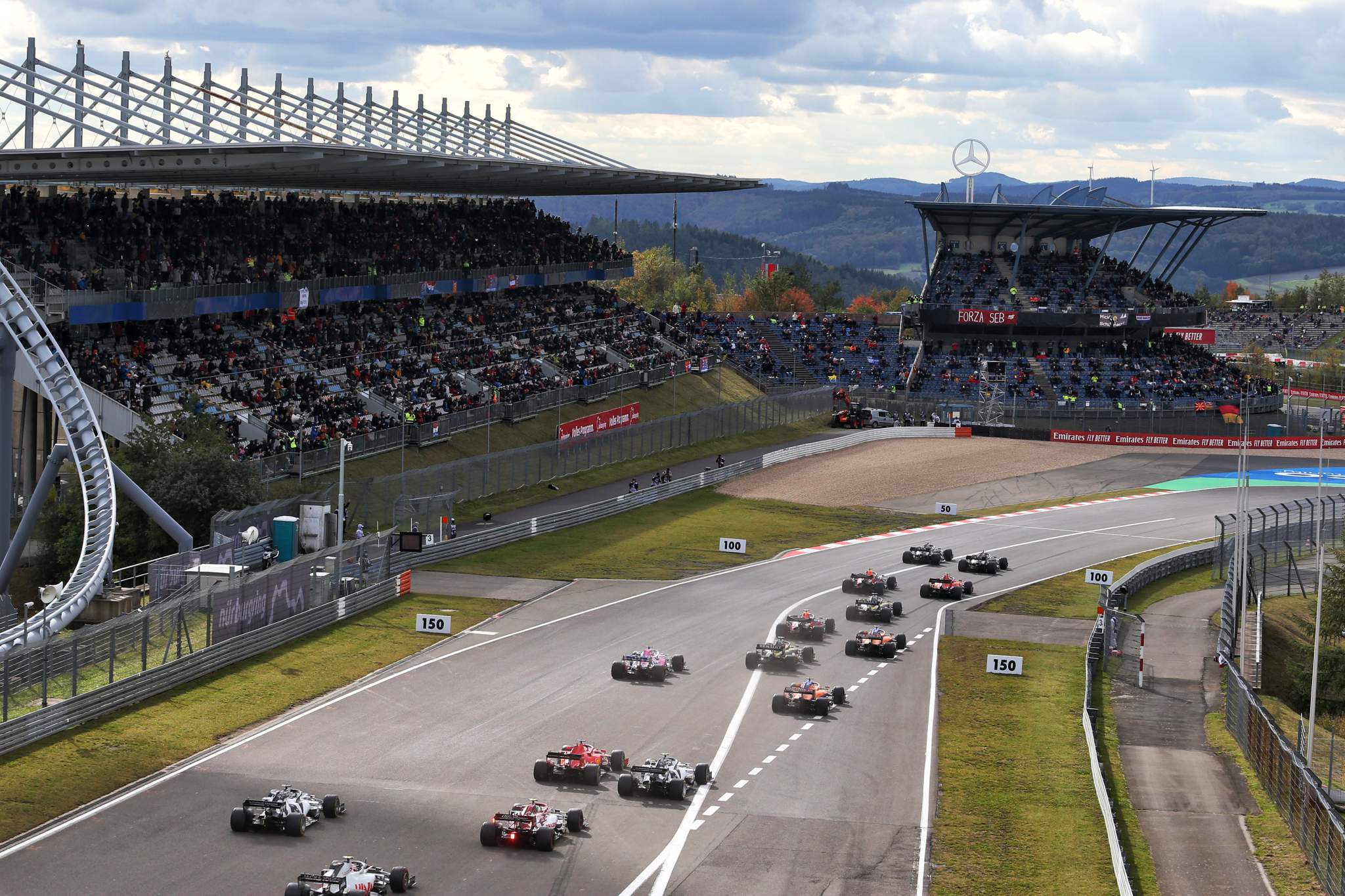
“We do believe by being hybrid in the future is the exact position that will allow all the manufacturers to have access to a different portfolio, not only electrification, to their normal business,” F1 CEO Stefano Domenicali told investors last week.
“I think that what we are putting in place, having carbon neutrality, fully-sustainable fuels at the centre, and being hybrid, gives us a really great position in terms of package, in terms of being always at the pinnacle of technology of advanced research in Formula 1, and making sure that everyone can benefit from this activity to have a sort of road relevancy, extra activities that can be beneficial to all the automotive manufacturers.
“By doing that we’re going to have a win-win situation, a lot of attention on power units in a different way to only being electric, having the costs under control and of course being aligned with our value of being sustainable for the future.
“This is the thinking when we decided to go and follow this path.”

The role of “100% sustainable fuels”
As outlined above, F1 and the FIA have a desire to have fully sustainable fuels at the heart of its engine development. This will begin in 2022, with the introduction of a 10% ethanol mix.
Different people have different views over whether these fuels can be the silver bullet that gives F1 a huge sustainability credit and prolongs the life of the combustion engine.
It’s clear that F1 and the FIA have nailed their colours to the mast as supporters. Late last year, the FIA claimed to have distributed to engine manufacturers what it called a 100% sustainable fuel that is compatible with current engines. It is referred to as a second-generation biofuel that is refined using bio-waste not intended for human or animal consumption.
The intention was to create a real example of the kind of fuel F1 wants to introduce in 2025, and demonstrate that the technology works. Engine manufacturers and fuel partners were then tasked with testing and validating this fuel.

At the time, F1’s managing director of motorsport Ross Brawn raved about the role these fuels will play in the future of the championship and the wider world.
“Formula 1 has long served as a platform for introducing next generation advancements in the automotive world,” he said.
“We are delighted by the momentum on sustainable fuels which perfectly aligns with our plan to be net zero carbon as a sport by 2030.
“Our top sustainability priority now is building a roadmap for the hybrid engine that reduces emissions and has a real-world benefit for road cars.
“We believe we have the opportunity to do that with a next-generation engine that combines hybrid technology with sustainable fuels.”
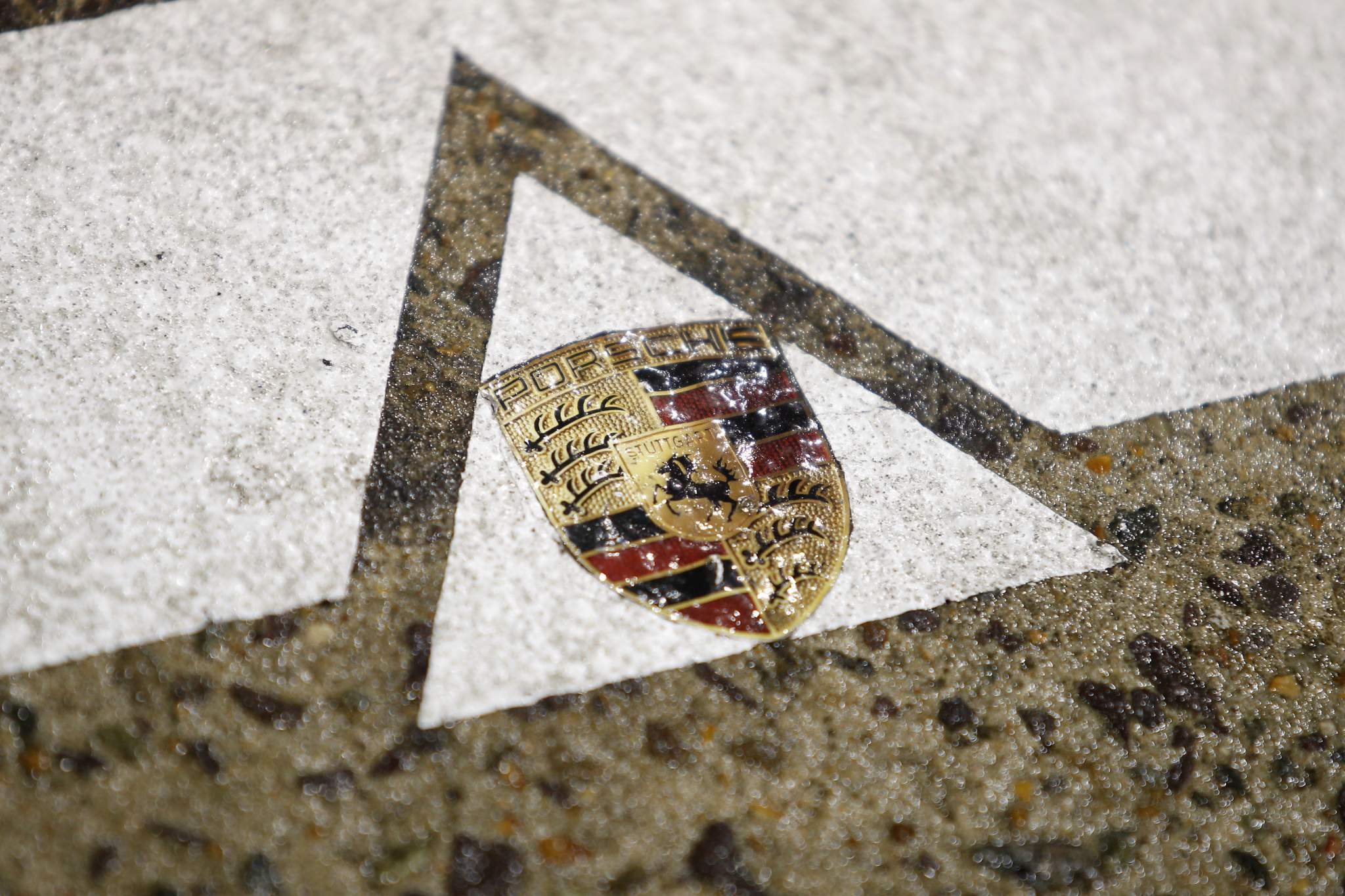
Optimism around new manufacturers
The FIA and F1 currently have a high-level working group in operation that features current and potential engine manufacturers and fuel suppliers. It includes representation from the Volkswagen Audi Group.
F1 believes the devotion to sustainable fuels will attract new competitors. Domenicali says that there are already “very productive conversations with existing and potential OEMs about the direction Formula 1 is moving in”.
That doesn’t guarantee Porsche will announce a 2025 engine project, though. This working group will not just be a forum for F1 to sell its vision, it is also key in establishing what non-F1 manufacturers believe constitutes worthy technology and sensible return-on-investment opportunities.
There is little value in F1 being confident it has made the right choices if the manufacturers currently not involved turn their nose up at the direction taken.
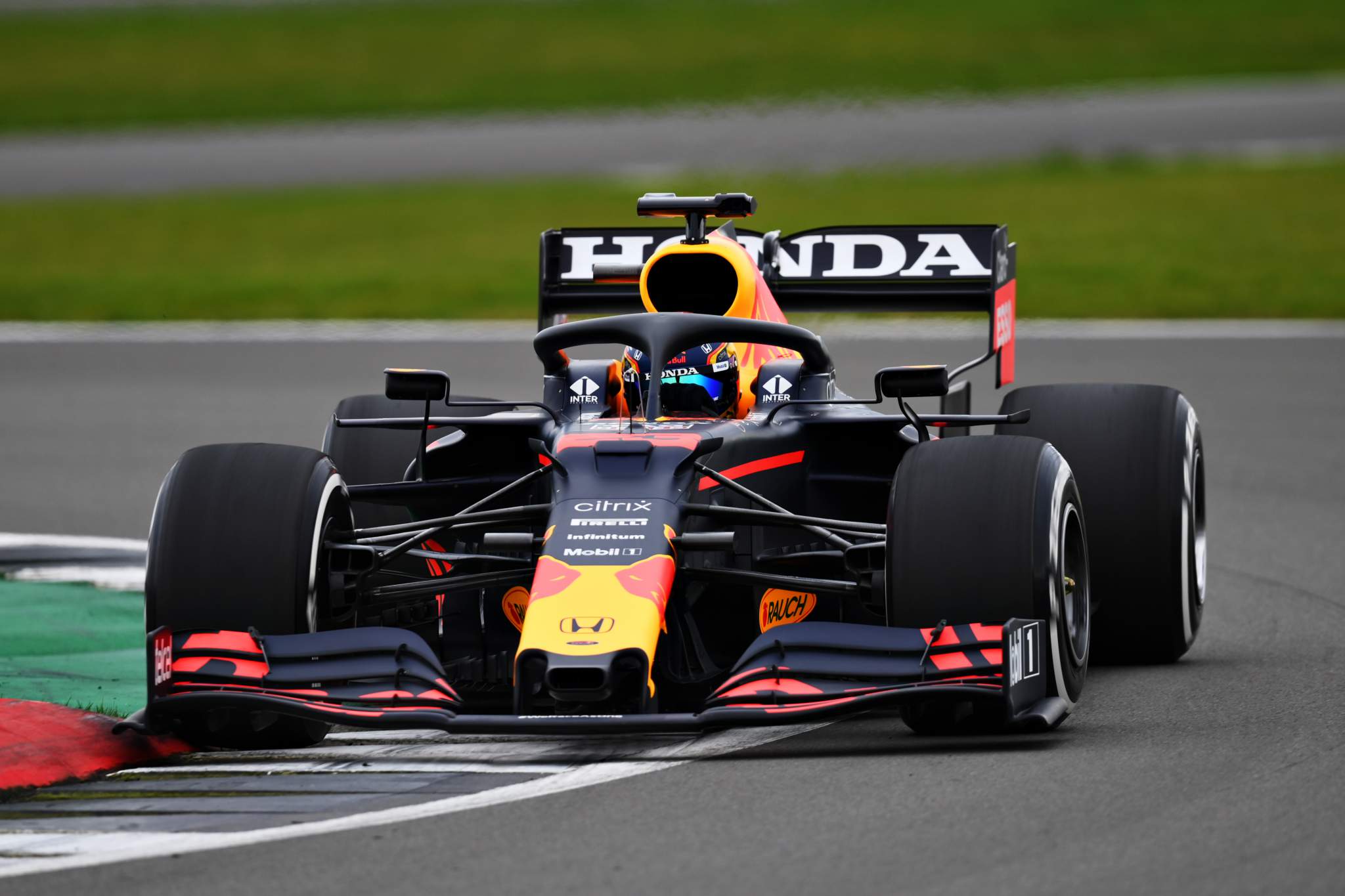
After all, Mercedes, Ferrari and Renault – plus Red Bull when it takes over Honda’s engine – will have invested significant amounts in the infrastructure required to develop and build the V6 turbo-hybrids and master the technology. There are fewer obstacles to their participation, and driving costs down was the main one.
Domenicali says the engine freeze covering the seasons from 2022 to 2024 was an important move that ceases spending on current engines, and shows that while F1 wishes to “capture the attention of potential manufacturers” it is “also making sure that the ones that are involved today are interested in the future”.
Safeguarding existing competitors is obviously a necessary priority. That seems to have been taken care of. It’s the prospective manufacturers that remain a bigger unknown.
F1’s efforts for its next-gen engine would not be futile if it fails to attract a new manufacturer. But it would effectively be a vote of no confidence in the direction F1 has taken, so the importance of this working group and its discussions is clear.
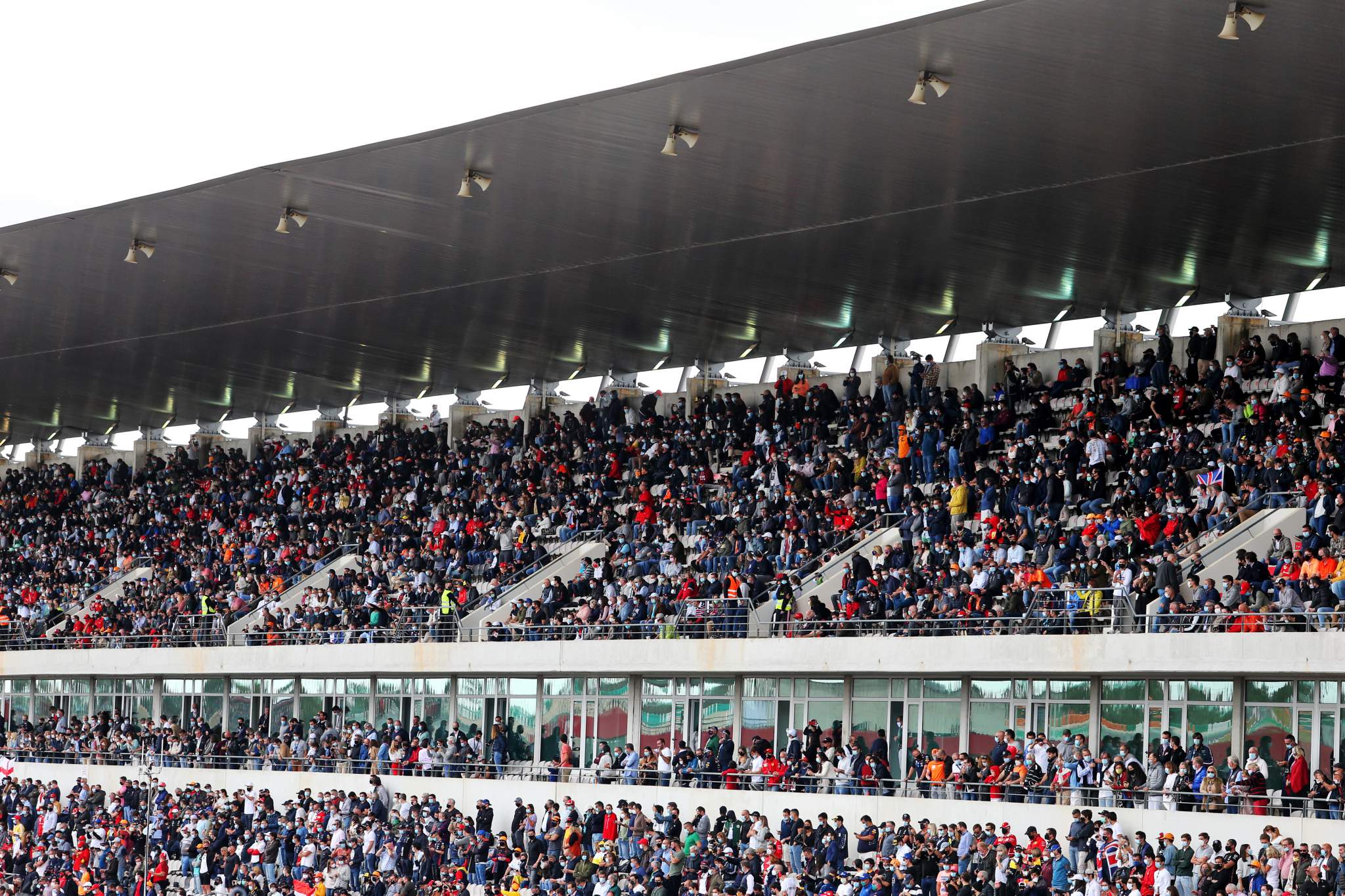
Is ‘powerful and emotive’ engine really a priority?
When the FIA and F1 issued a brief statement last week around the championship’s engine future, they noticed “strong alignment on the overall goals” between all stakeholders with an emphasis on “the need to reduce cost and reach carbon neutrality”.
The specific objectives outlined were environmental sustainability and social and automotive relevance; fully sustainable fuel; creating a powerful and emotive power unit; significant cost reduction and attractiveness to new power unit manufacturers.
But when Domenicali was briefing analysts on an investor call, he outlined the key objectives as “carbon neutrality, truly sustainable fuels, hybrid power unit, significant cost reduction and of course, attractiveness to the new power unit manufacturers”.
Some of these are interchangeable with what was previously announced, with one noticeable exception: no mention of the engine being “powerful and emotive”. And this is not likely an oversight because this is an extract from Domenicali’s scripted reading early in the call, rather than in response to a question – when it would be understandable if an item got left off a list.
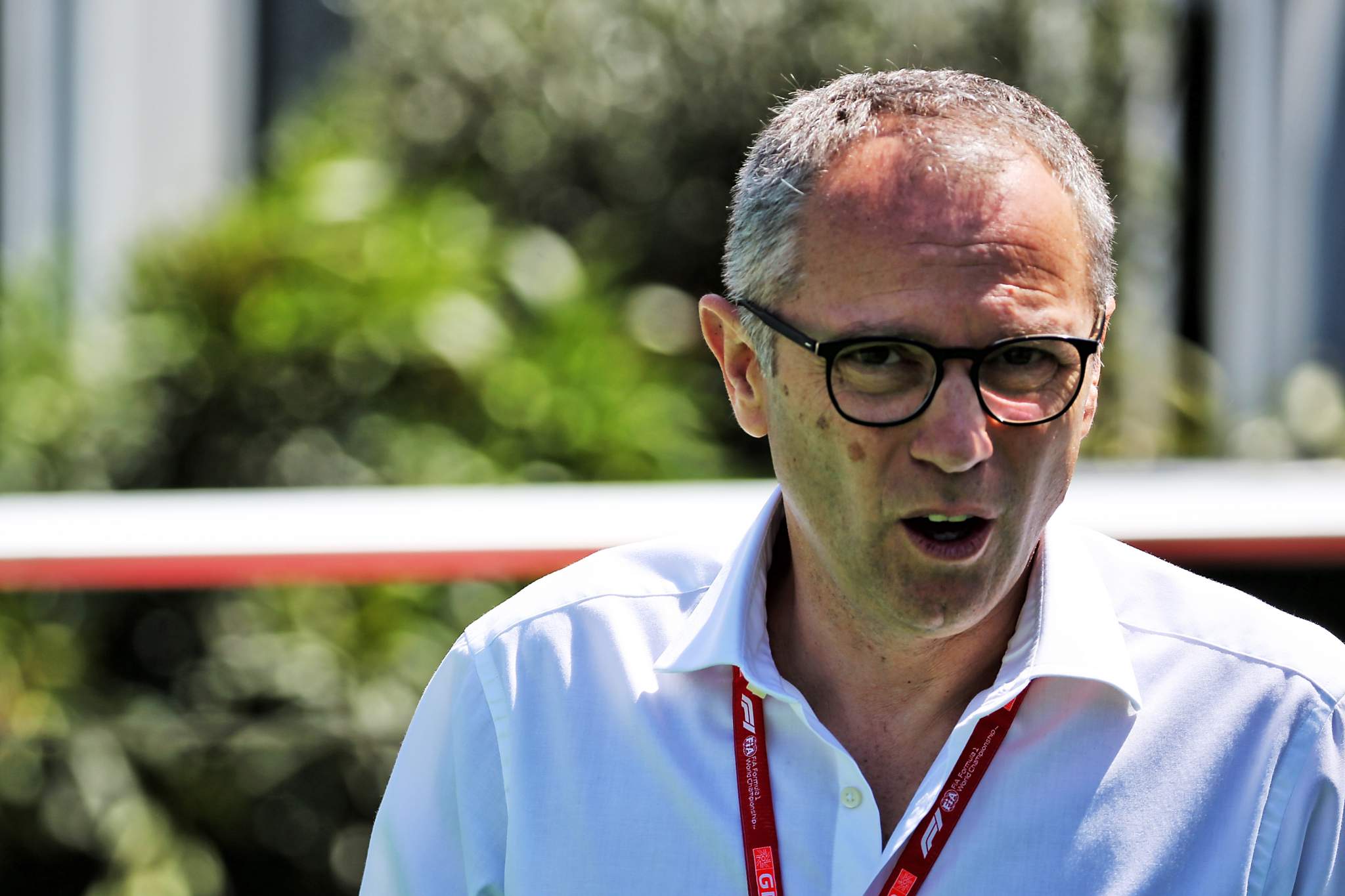
It suggests that a “powerful and emotive” engine isn’t really a priority. One might even ask if it’s even achievable.
That’s the aim that sticks out. It seems to clash with at least two of the other objectives. The engine may well remain powerful in light of cost reductions but if development scope is hacked back then the engine will be less spectacular.
And “emotive” doesn’t really fit with hybrid, especially as the electrical component increases – it’s clear that the V6 turbo-hybrid era has cost F1 some ‘wow’ factor.
But ultimately, if F1 ticked off four of the five objectives it has set for 2025 and the engine wasn’t as powerful or emotive as fans of traditional combustion engines would like, that is not going to make a major difference in the short or medium-term.







